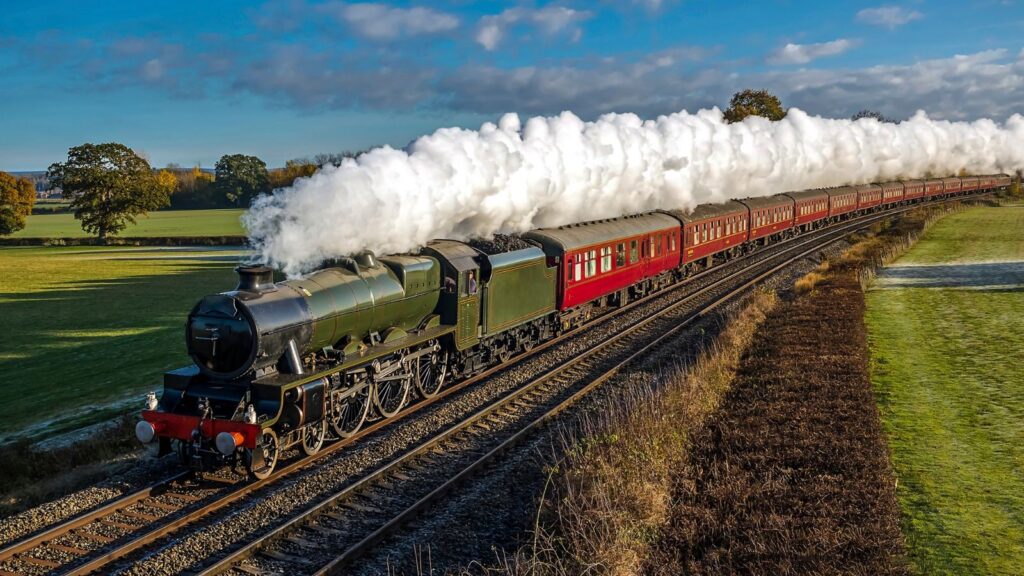The Victorian Era, which lasted from 1837 to 1901, was a time of incredible change and innovation. While we often associate this period with strict social rules and elaborate fashions, there are many fascinating and lesser-known aspects of Victorian life, including these 18 lesser-known secrets.
Mourning Customs and Etiquette
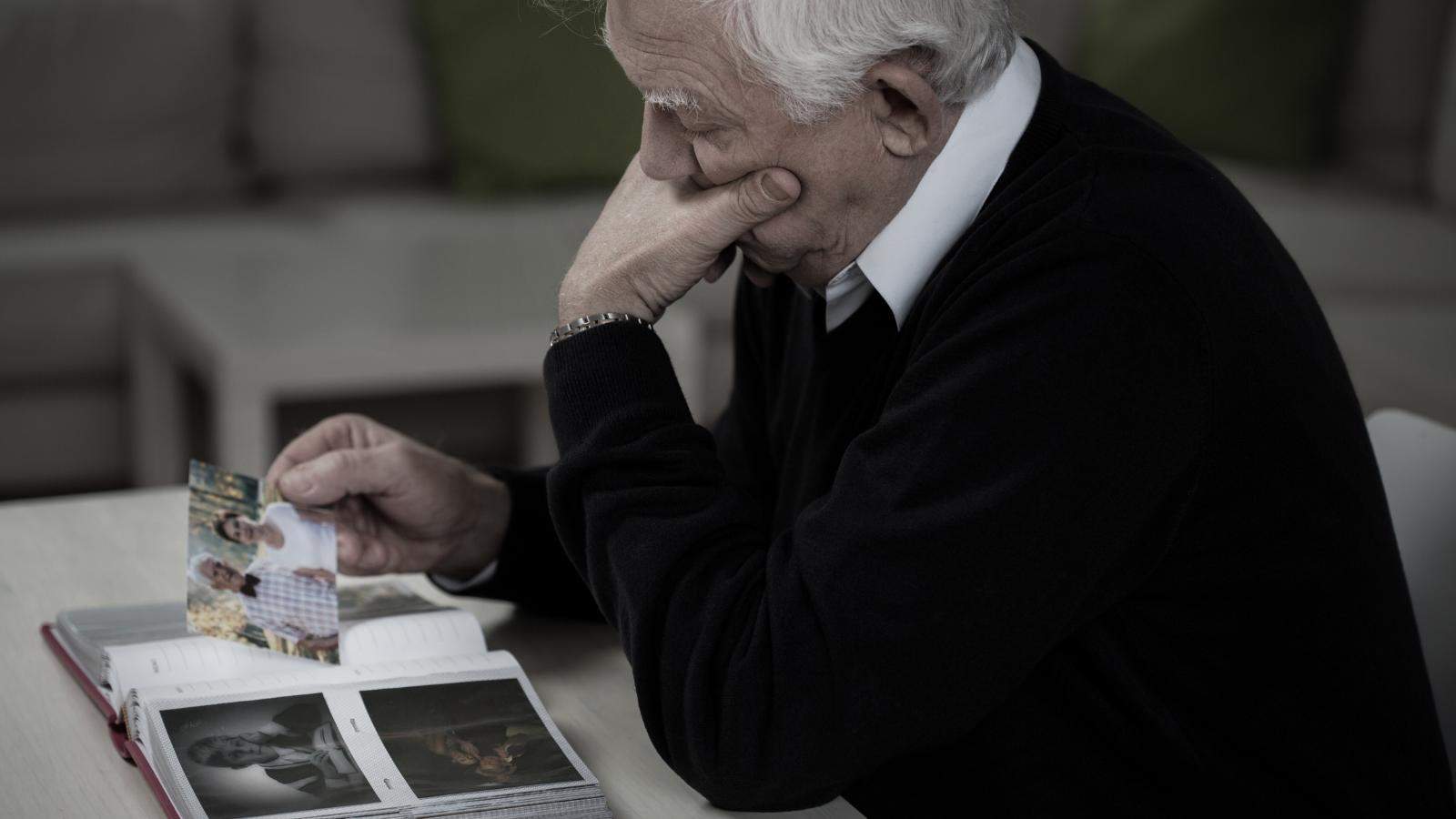
Those under Queen Victoria’s rule took mourning very seriously, with strict customs dictating how long and how deeply one should grieve. According to the Australian Museum, “Widows were expected to mourn for two years,” and there were also specific mourning jewellery pieces made from jet or even the hair of the deceased.
The Rise of Spiritualism
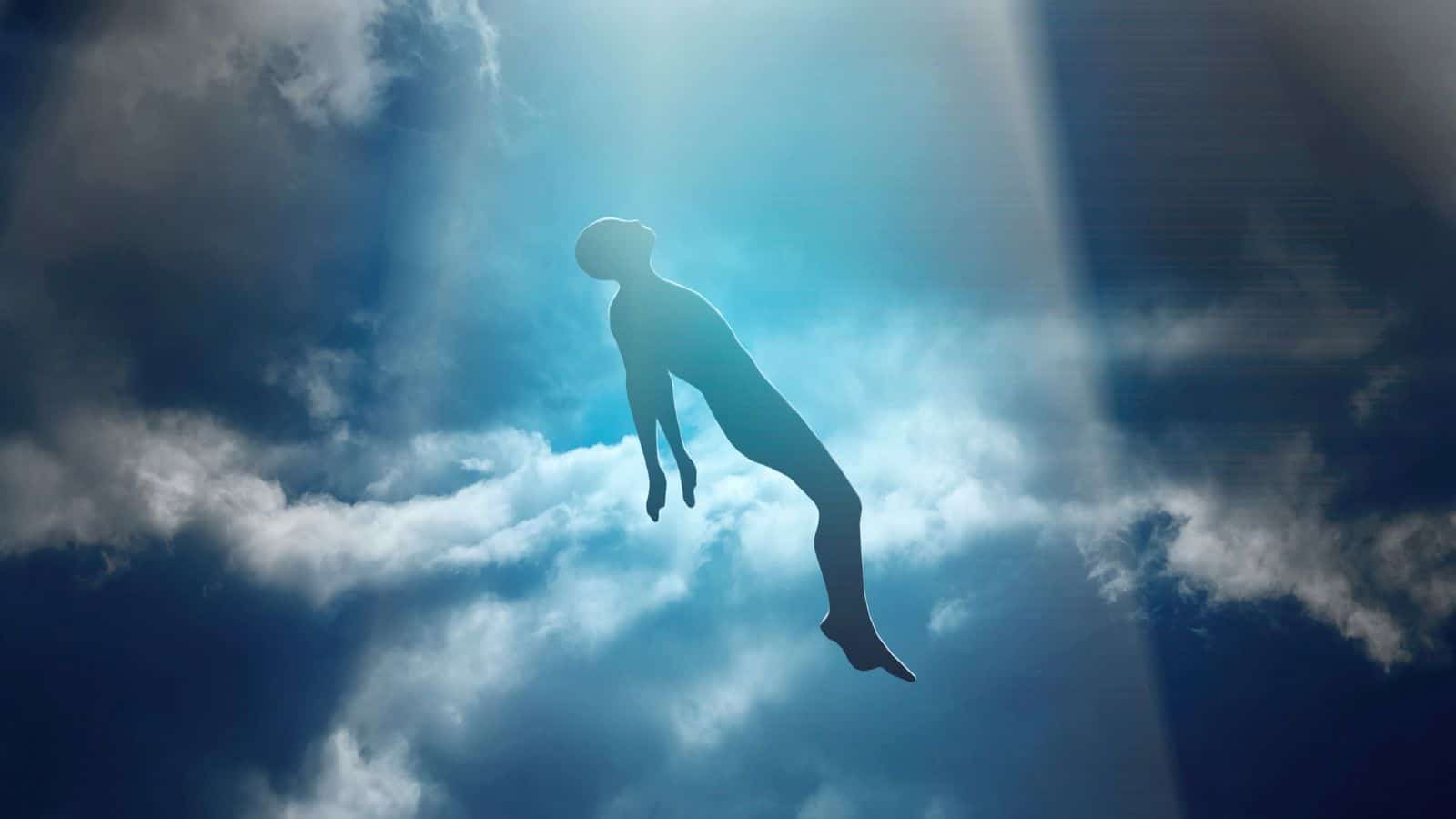
Victorian society had a deep fascination with the supernatural and the afterlife. Spiritualism, the belief that the living could communicate with the dead, became wildly popular. Séances, where mediums claimed to contact spirits, were common social events. Even notable figures like Sir Arthur Conan Doyle, the creator of Sherlock Holmes, were ardent believers.
Penny Dreadfuls
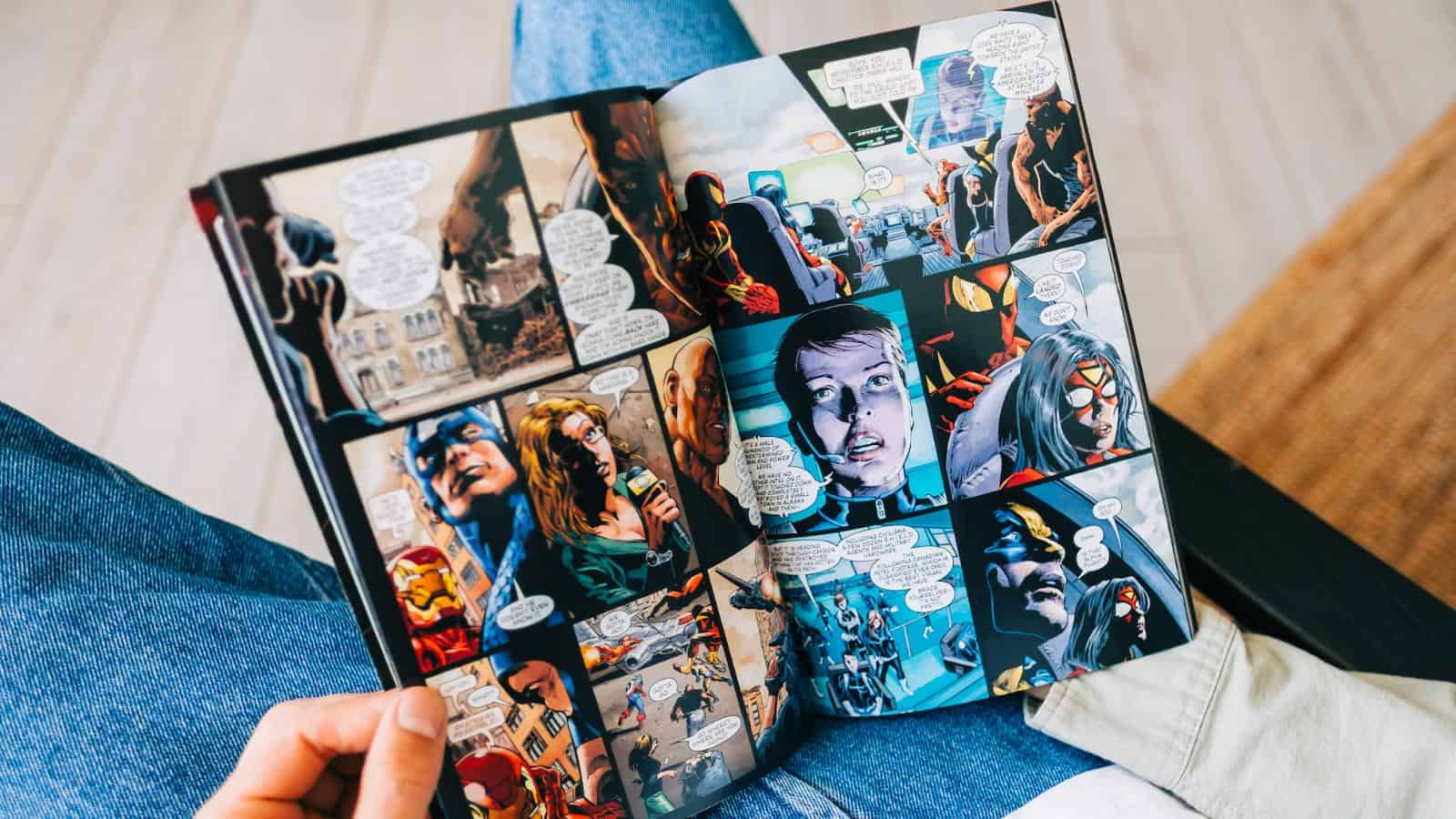
Long before modern comic books and horror films, there were Penny Dreadfuls. These were cheap, sensational, serialised stories published weekly, costing only a penny. They often featured gothic horror tales, crime stories, and adventures that captivated working-class readers. Characters like Sweeney Todd first appeared in these publications.
Hygienic Innovations

Contrary to the common belief that the Victorians were unhygienic, this era actually saw significant advancements in public health and personal hygiene. The introduction of public baths and the development of modern sewage systems greatly improved sanitation in cities. Personal hygiene products, such as soap and toothpaste, became more widely available.
Post-Mortem Photography
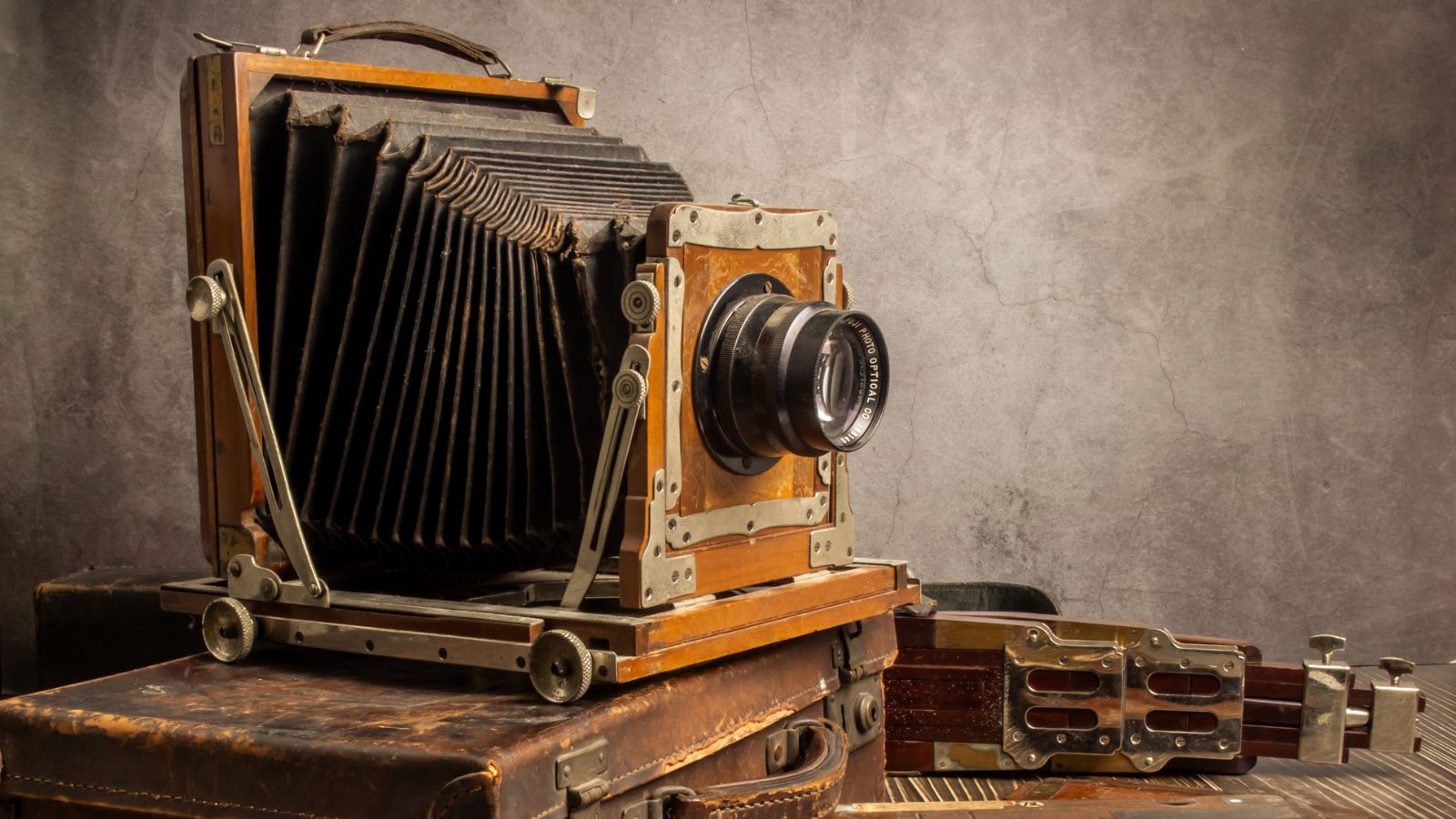
In the Victorian Era, photography was a novel and expensive technology, often reserved for special occasions. One particularly eerie tradition was post-mortem photography, where deceased loved ones were photographed as a memento for grieving families. The dead were often posed to appear lifelike, sometimes alongside their living relatives.
Odd Health Remedies

Medicine from this time was a curious mix of emerging science and old-fashioned remedies. Some treatments were downright bizarre by today’s standards. For example, it was common to prescribe leeches for bloodletting or to use mercury to treat ailments like syphilis. Patent medicines, often containing opium or cocaine, were widely marketed as cure-alls.
The Role of the Governess

The governess figure is iconic in literature from this period, often depicted as a lonely, in-between character in households. Governesses were typically well-educated women from respectable families who had fallen on hard times. They played a crucial role in educating middle and upper-class children, teaching them reading, writing, and proper etiquette.
The Obsession with Decorum

Victorian society was obsessed with propriety and decorum. There were elaborate rules for everything, from how to dress to how to speak and behave in public. This emphasis on decorum was particularly strong among the middle and upper classes, who used these rules to distinguish themselves from the lower classes. Books and manuals on etiquette were widely read, too.
Department Stores

The era of Queen Victoria saw the birth of the modern department store, which revolutionised shopping. Stores like Harrods in London began offering a wide variety of goods under one roof, creating a new and exciting shopping experience. These stores were places to buy necessities and also social spaces where people could stroll and socialise.
Fascination with the Exotic
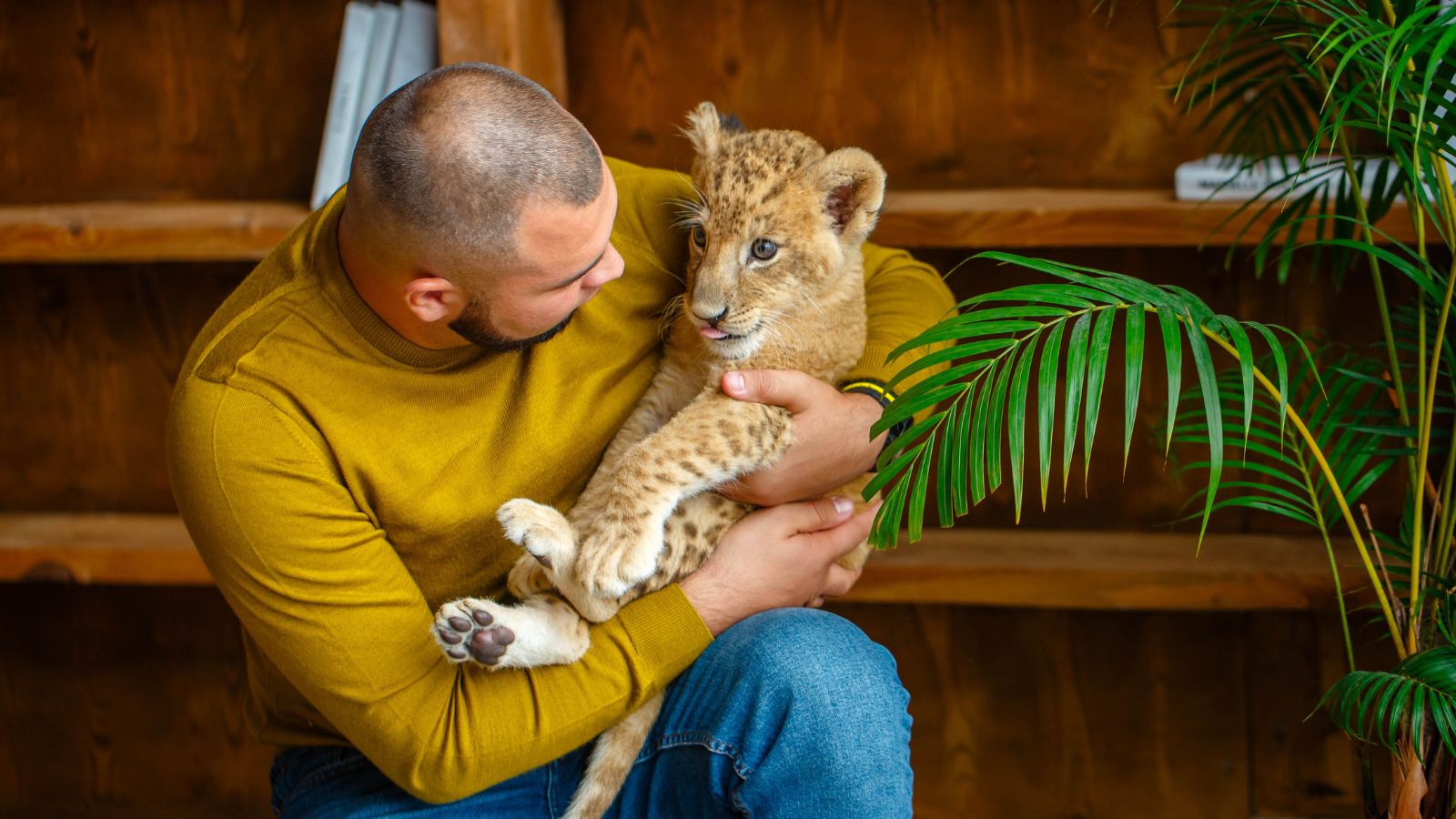
During the 1800’s, there was a growing fascination with the exotic and the unknown. This was partly fueled by the British Empire’s expansion, which brought back artefacts, animals, and stories from far-flung places. Exotic animals like elephants and tigers were displayed in zoos, and collections of artefacts were housed in museums.
The Birth of the Detective Novel
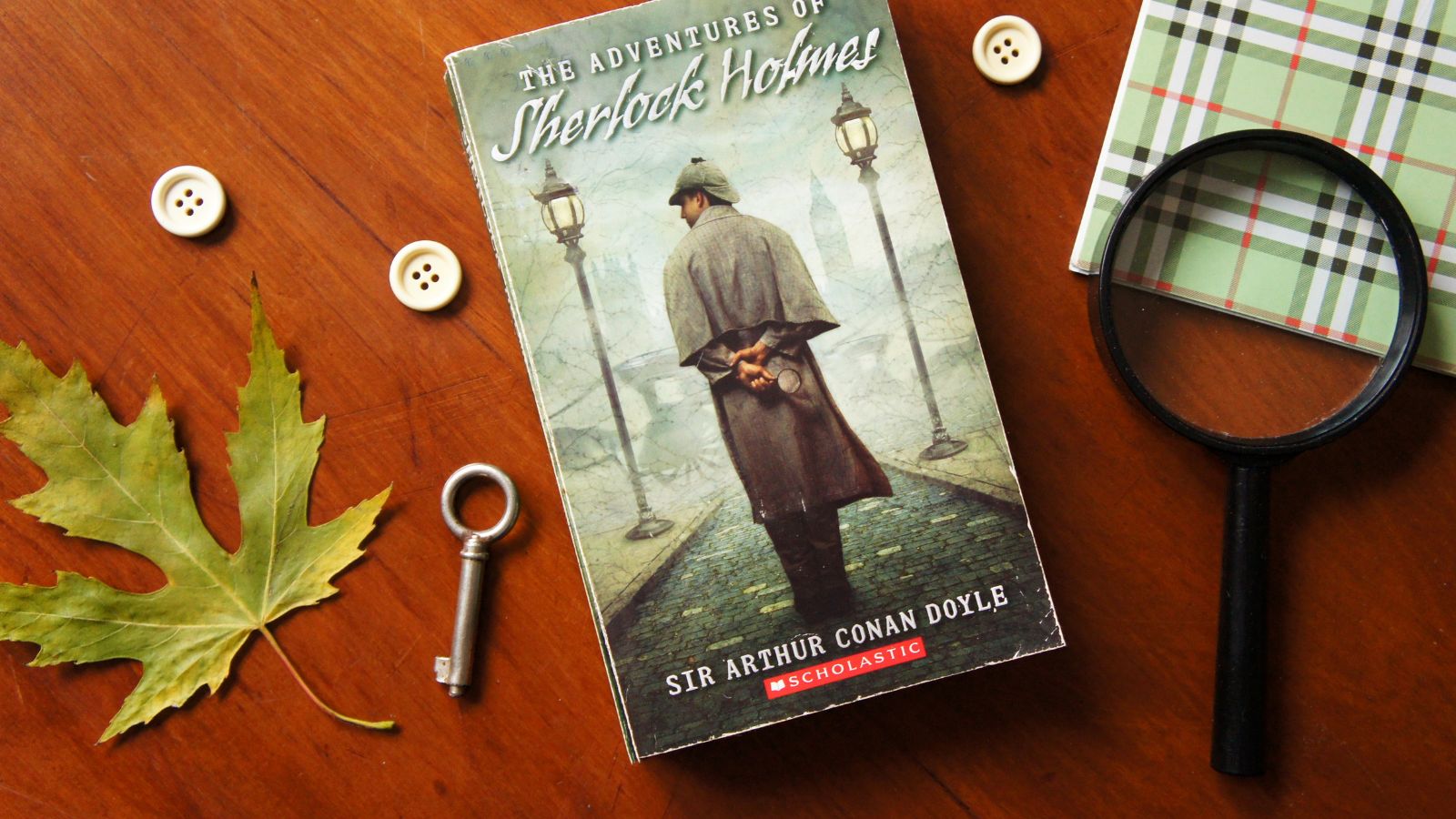
The Victorians also gave birth to the detective novel, a genre that remains popular to this day. Edgar Allan Poe’s stories featuring C. Auguste Dupin and Wilkie Collins’ The Moonstone laid the groundwork. However, it was Arthur Conan Doyle’s Sherlock Holmes who truly captured the public’s imagination. Holmes’s meticulous, logical approach set the standard for fictional detectives and helped popularise the genre.
The Popularity of Phrenology
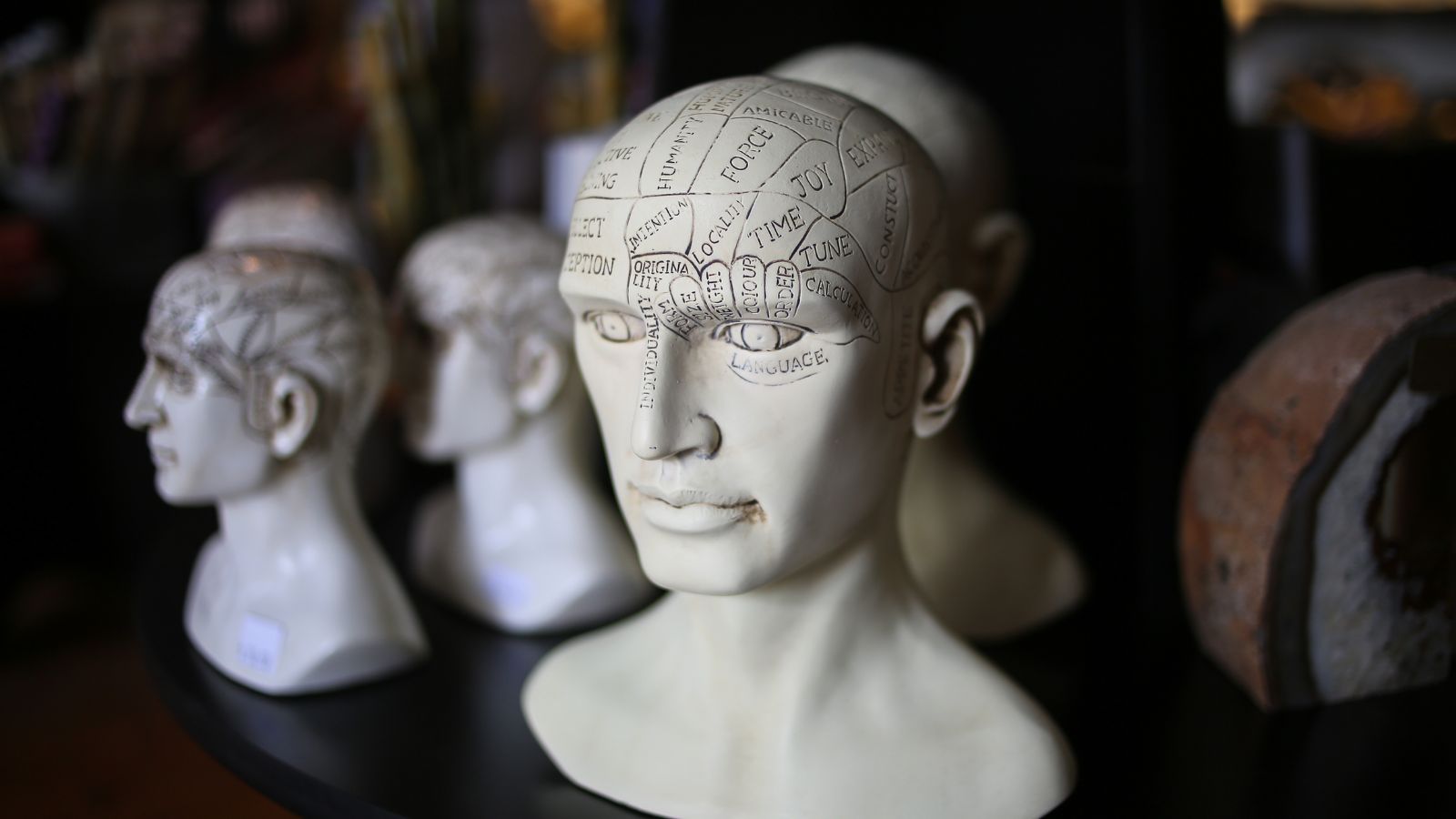
Phrenology, the pseudoscience of studying the shape and size of the skull to determine a person’s character and mental abilities, was all the rage in this era. Phrenologists claimed they could read an individual’s personality and potential based on the bumps and indentations on their head—although it was later discredited.
Eccentric Diets and Fads

Victorian people were no strangers to diet fads and eccentric eating habits. One popular movement was vegetarianism, promoted by figures like the Reverend William Cowherd and his followers, the Cowherdites. There were also quirky health foods like ‘Graham bread,’ named after Sylvester Graham, who believed that bland food would curb sinful impulses.
Peculiar Fashion Trends
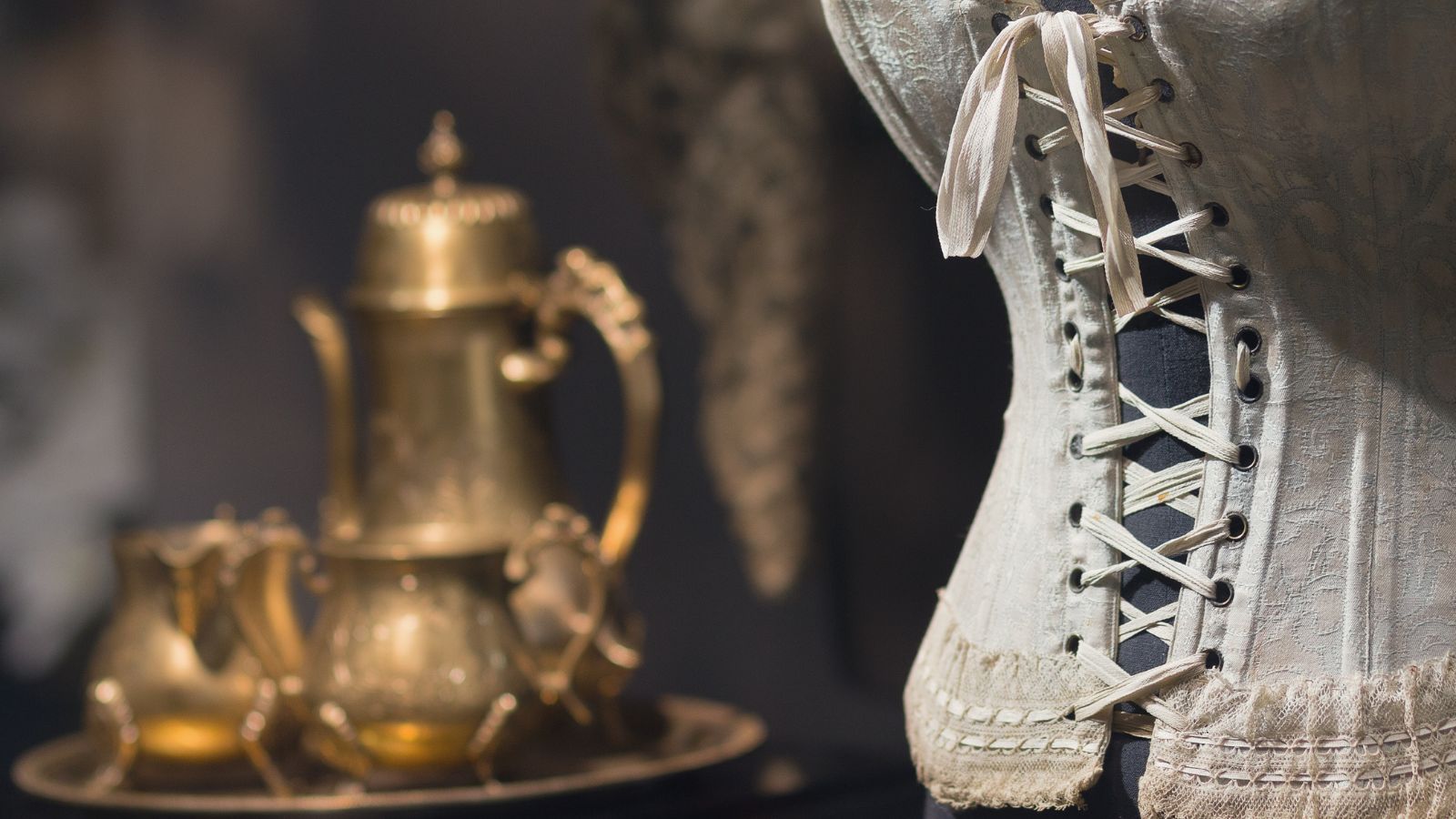
Fashion from this time was elaborate and sometimes downright peculiar. Corsets were a staple for women, creating the desired hourglass figure but often at the cost of comfort and health. Bustles, crinolines, and hoop skirts added volume and drama to women’s dresses. Men’s fashion wasn’t immune to odd trends either; long sideburns became a short-lived but memorable fashion statement.
The Advent of the Steam Age
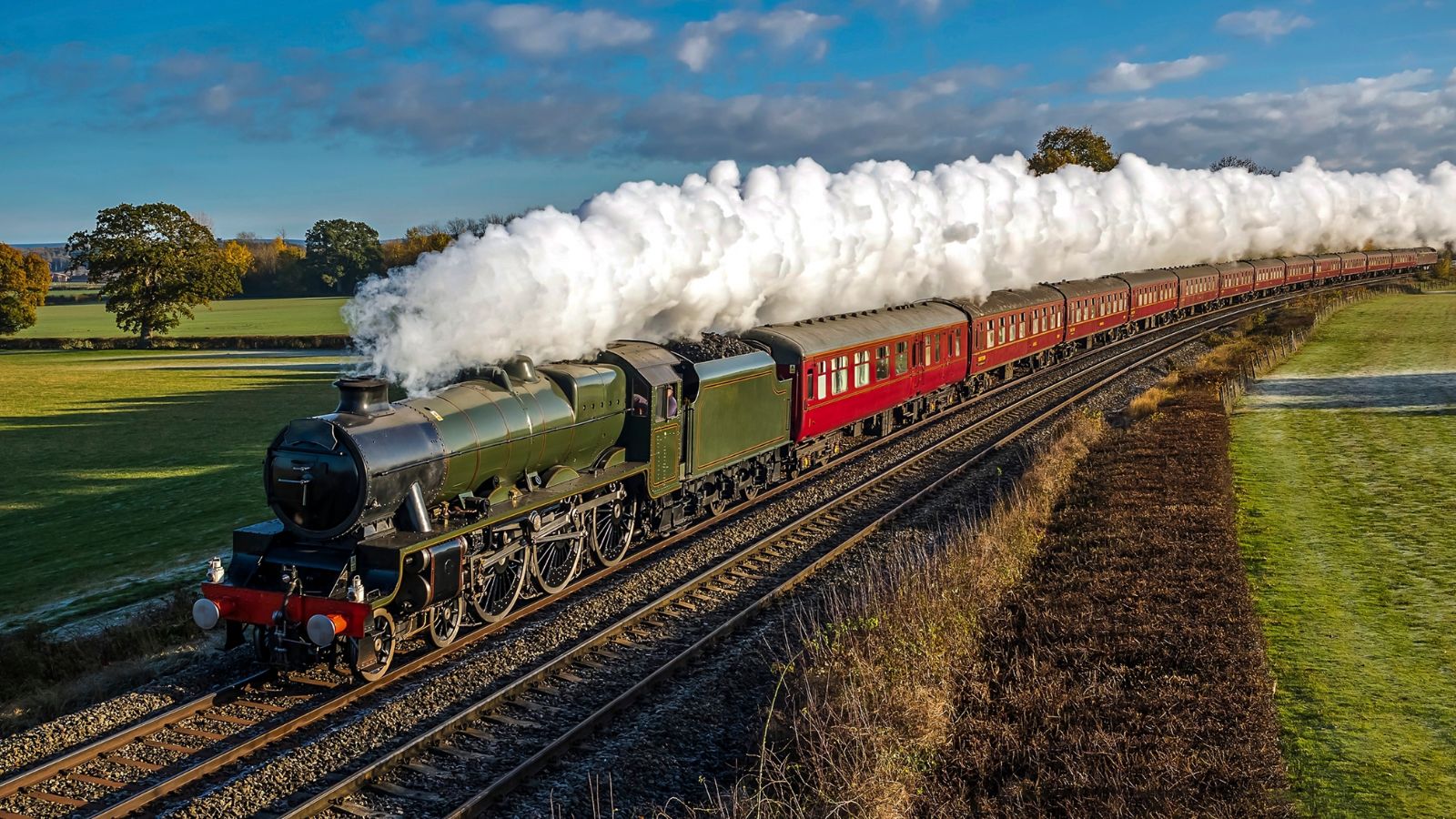
The Victorian Era was marked by incredible technological advancements, particularly in transportation, as the steam engine revolutionised travel and industry. Railways expanded rapidly, connecting cities and making travel more accessible. Steamships improved international trade and travel, shrinking the world in a way that had never been possible before.
Literary Societies and Reading Rooms

Victorians loved to read, and this passion gave rise to literary societies and reading rooms. These were places where people could gather to read, discuss literature, and exchange ideas. They were particularly important for women with limited access to higher education and professional opportunities.
The Boom of the Middle Class

The Victorian Era saw the rise of the middle class, a new social group that emerged due to industrialisation and economic change. This burgeoning class valued respectability, hard work, and self-improvement. They invested in education, proper attire, and well-furnished homes.
Adventurous Explorers and Expeditions
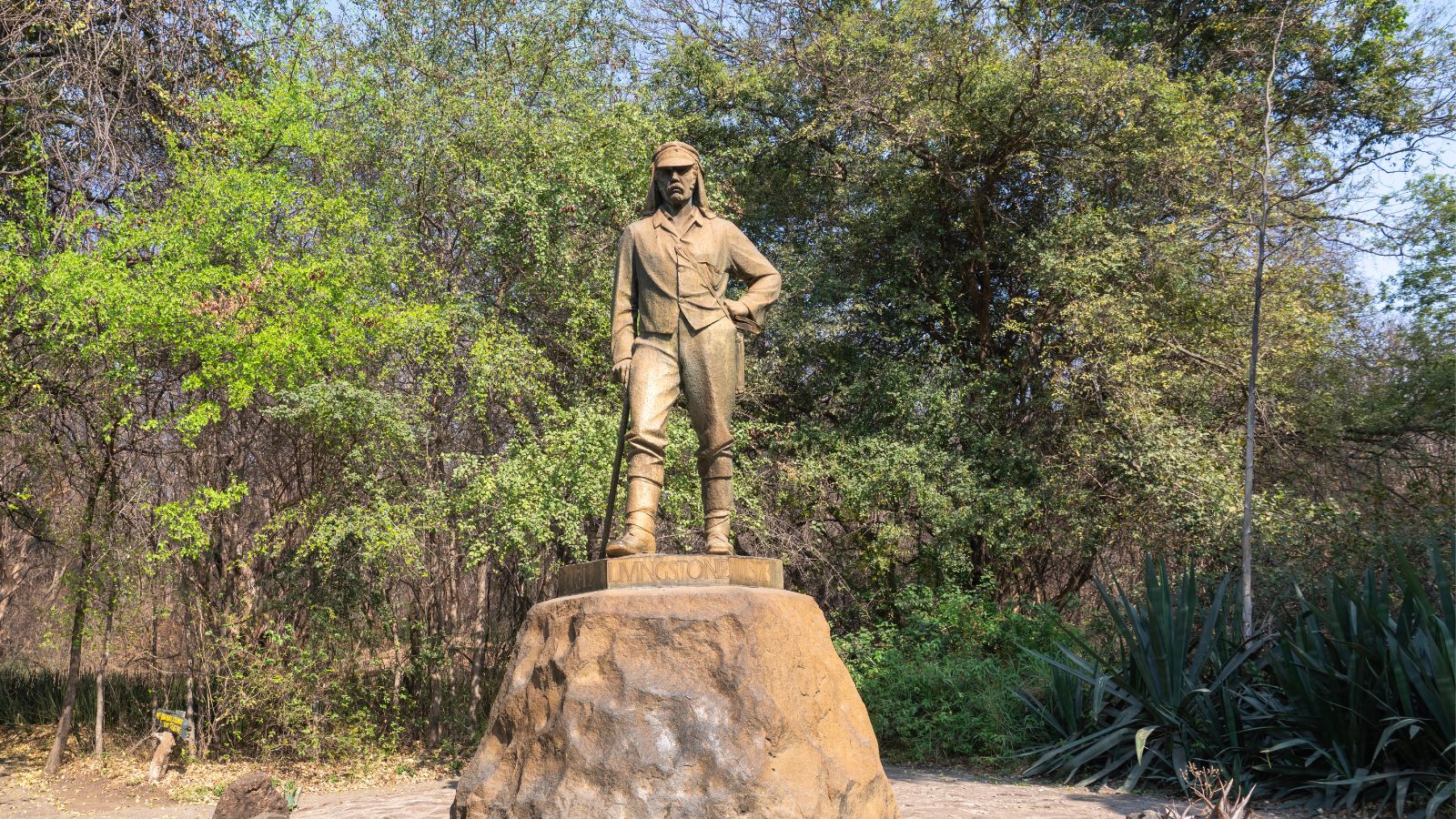
Lastly, Victorian explorers were the rock stars of their time, embarking on daring expeditions to uncharted territories. Figures like David Livingstone and Richard Francis Burton captured the public’s imagination with their tales of adventure in Africa and Asia. These explorers brought back valuable knowledge and artefacts, contributing to scientific discoveries and the expansion of the British Empire.

